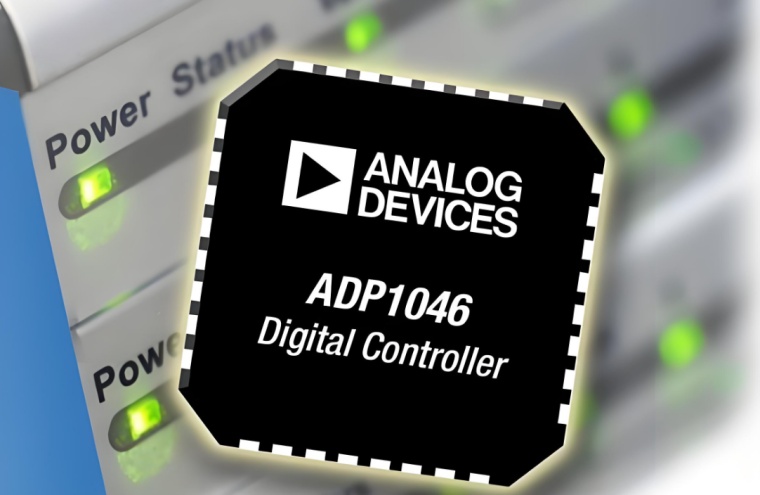The AD7524JR from Analog Devices represents a significant evolution in digital-to-analog converter (DAC) technology, combining the efficiency of CMOS with the precision of a buffered, multiplying architecture. As an 8-bit converter, it serves as a fundamental building block in a vast array of digital systems, translating binary data into a precise analog representation. Its integrated output buffer and multiplying capability distinguish it from basic DACs, offering enhanced flexibility and performance for complex analog design tasks.
**A Technical Overview of the AD7524JR**
At its core, the AD7524JR is a monolithic CMOS DAC fabricated from a proprietary Linear Compatible CMOS (LC²MOS) process. This technology merges the low power consumption and high density of CMOS with the precision and low-noise characteristics essential for high-performance analog circuits. The device features a simple **8-bit parallel interface** for easy connection to microprocessors and digital logic circuits.
A key differentiator is its **on-chip data latches**. These latches are transparent when the chip select (CS) and write (WR) signals are low, allowing the output to follow the digital input. Bringing either signal high latches the current digital word, ensuring a stable analog output during the digital bus’s write cycle. This eliminates the need for external holding registers, simplifying system design.
The most notable feature is its **buffered multiplying capability**. Unlike conventional DACs with a fixed internal reference, the AD7524JR allows an external reference voltage (VREF) to be applied. The output current (IOUT) is a linear product of this reference voltage and the fractional representation of the digital input word. Mathematically, this is expressed as IOUT = (D/256) * (VREF / R), where D is the decimal value of the digital code (0-255). The integrated output buffer amplifier converts this current output into a stable, low-impedance voltage output, which is crucial for driving subsequent analog stages.
**Key Application Circuits**
The unique architecture of the AD7524JR enables its use in a variety of sophisticated applications beyond simple level generation.
1. **Programmable Gain Amplifier (PGA):** By connecting the analog output back to the VREF input, the DAC can be configured as a non-inverting PGA. The digital code D controls the gain according to the formula Gain = 256 / (256 - D). This allows for **digital control of amplification** with a wide dynamic range, useful in automatic gain control (AGC) loops and sensor signal conditioning.

2. **Digitally-Controlled Attenuator:** When a fixed AC or DC reference signal is applied to VREF, the device functions as a digitally-controlled attenuator. The output amplitude is directly proportional to the digital input code. This is ideal for **waveform synthesis** and amplitude modulation applications where precise control over signal level is required.
3. **4-Quadrant Multiplying DAC:** Using a bipolar reference voltage (e.g., ±5V), the AD7524JR can perform 4-quadrant multiplication. The output voltage’s polarity is determined by the polarity of VREF, while the digital code determines its magnitude. This circuit is essential in **motion control systems** for driving servos and in modulation schemes like QAM.
4. **Microprocessor-Compatible A/D Converter:** Paired with a voltage comparator and a few additional logic components, the AD7524JR can form the core of a successive-approximation analog-to-digital converter (ADC). The microprocessor uses a binary search algorithm to determine the digital code that nulls the comparator, thereby performing a conversion. This highlights its utility in **cost-effective data acquisition systems**.
ICGOODFIND: The AD7524JR is far more than a simple 8-bit DAC. Its integrated input latches, output buffer, and true multiplying capability make it an exceptionally versatile and robust component. It excels in applications demanding **digital control over analog parameters**—from gain and attenuation to complex waveform generation—establishing it as a timeless solution for designers bridging the digital and analog domains.
**Keywords:**
1. **CMOS DAC**
2. **Multiplying DAC**
3. **Buffered Output**
4. **Programmable Gain Amplifier (PGA)**
5. **Digital-to-Analog Conversion**
